Items to Prepare in Advance
Google Spreadsheet
- Google account information (email address and password)
- Please create the sheet to be updated. This time, we created a table according to the output items extracted from Keap.

Keap
- Login information (email address and password)
Step 1: Setting Up My App Integration
Register the app information to be integrated with Yoom. Log in to the Yoom workspace and click + New Connection on the My Apps screen.

A list of apps that can be connected with Yoom and a search window will be displayed. Search for the app to be integrated from the search window and proceed with My App registration.
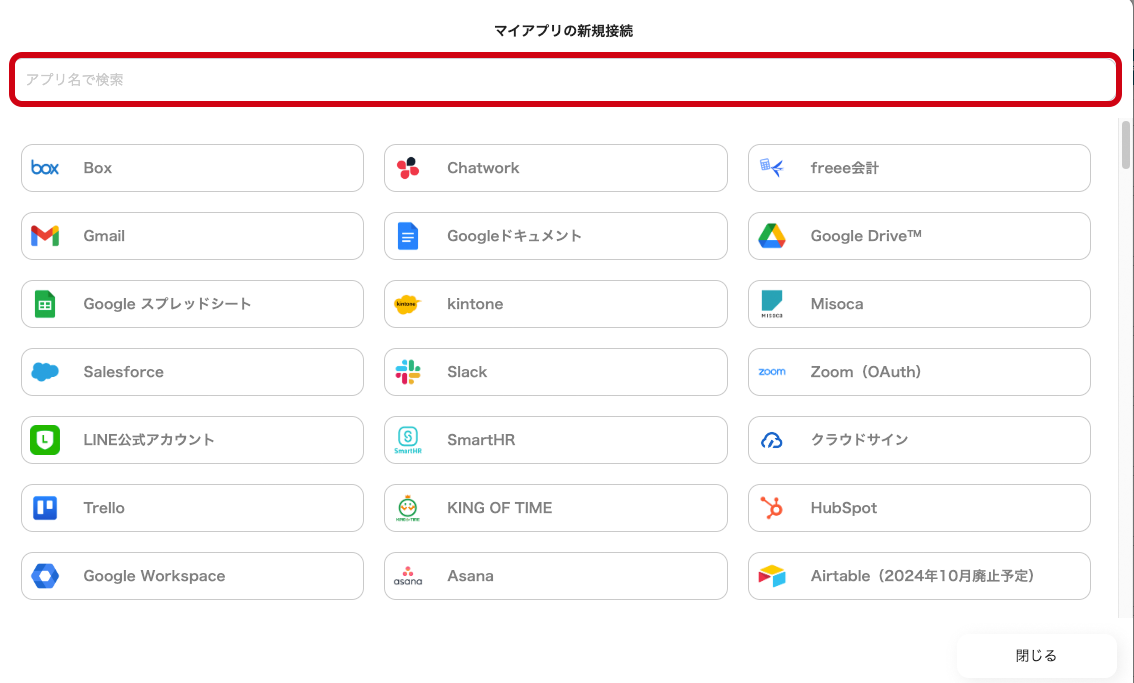
Google Spreadsheet
Click on the app name that appears. Once this screen is displayed, proceed with the integration by clicking the sign-in button for the Google account.
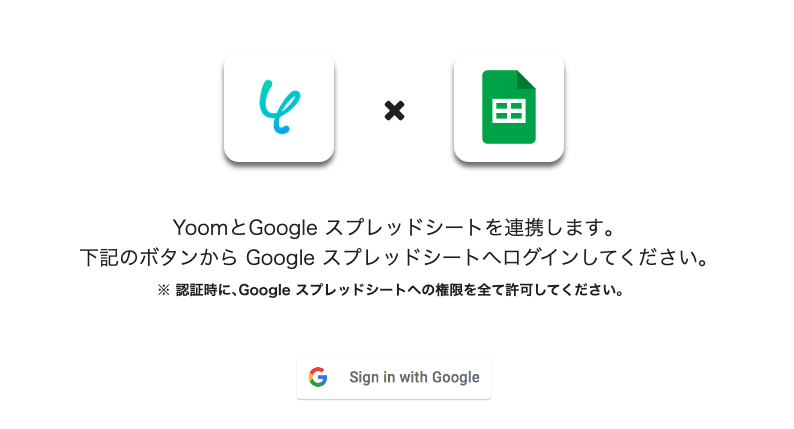
A screen to log in to your Google account will be displayed. Enter your email address and password.
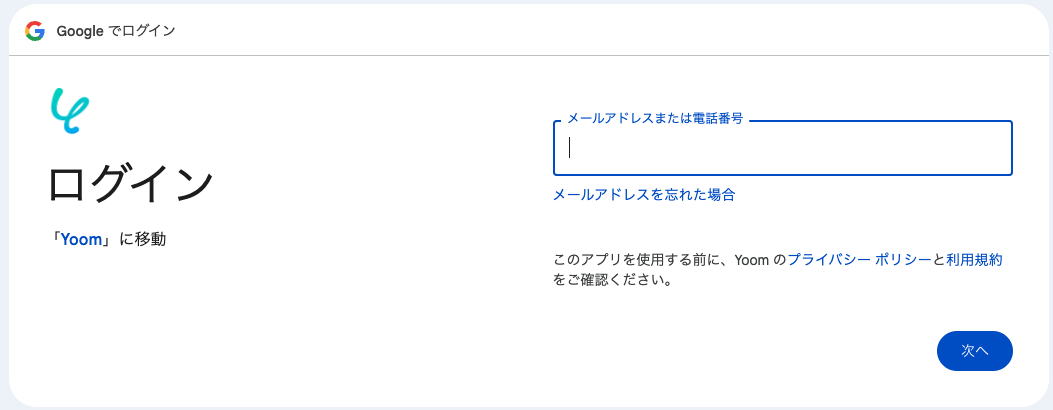
Once logged in, proceed to grant permissions.
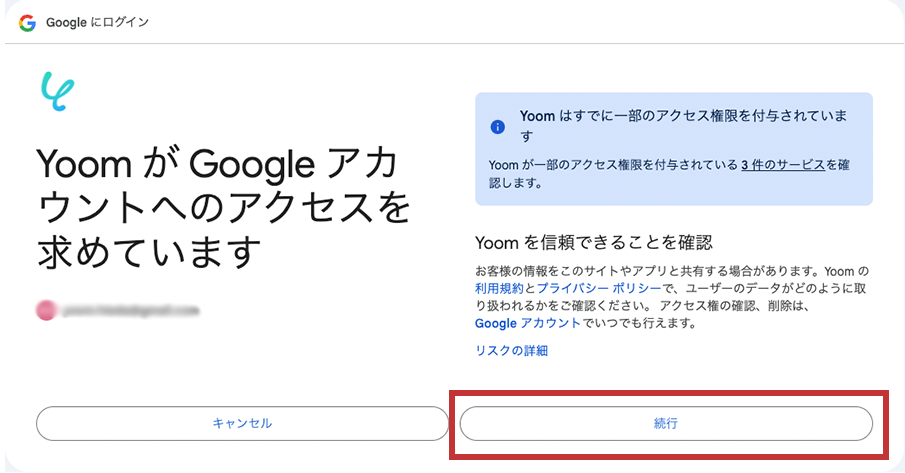
Once permissions are granted, My App registration is complete.
Keap
Search for the app name from the search window. Click on the app name that appears. You will be taken to the Keap sign-in screen.
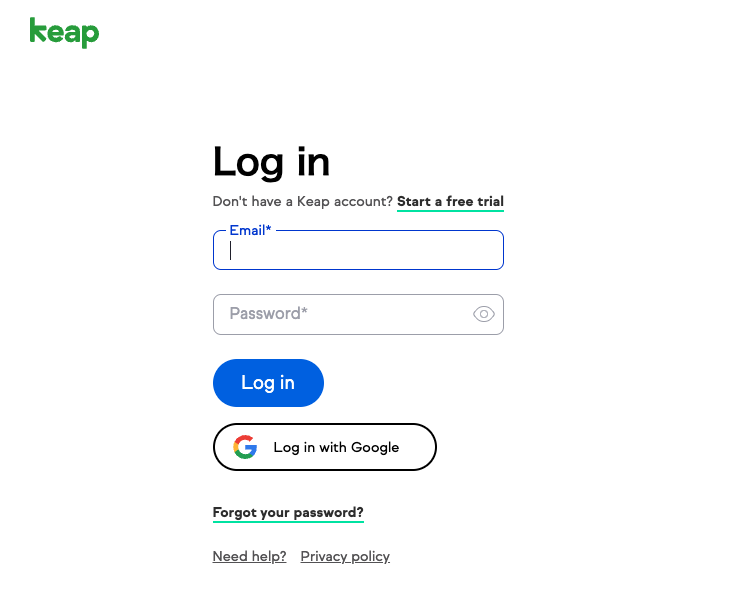
Log in with an existing account, and you will be taken to a screen to select a security question. Choose a memorable question, such as the name of your first pet, and enter your answer.
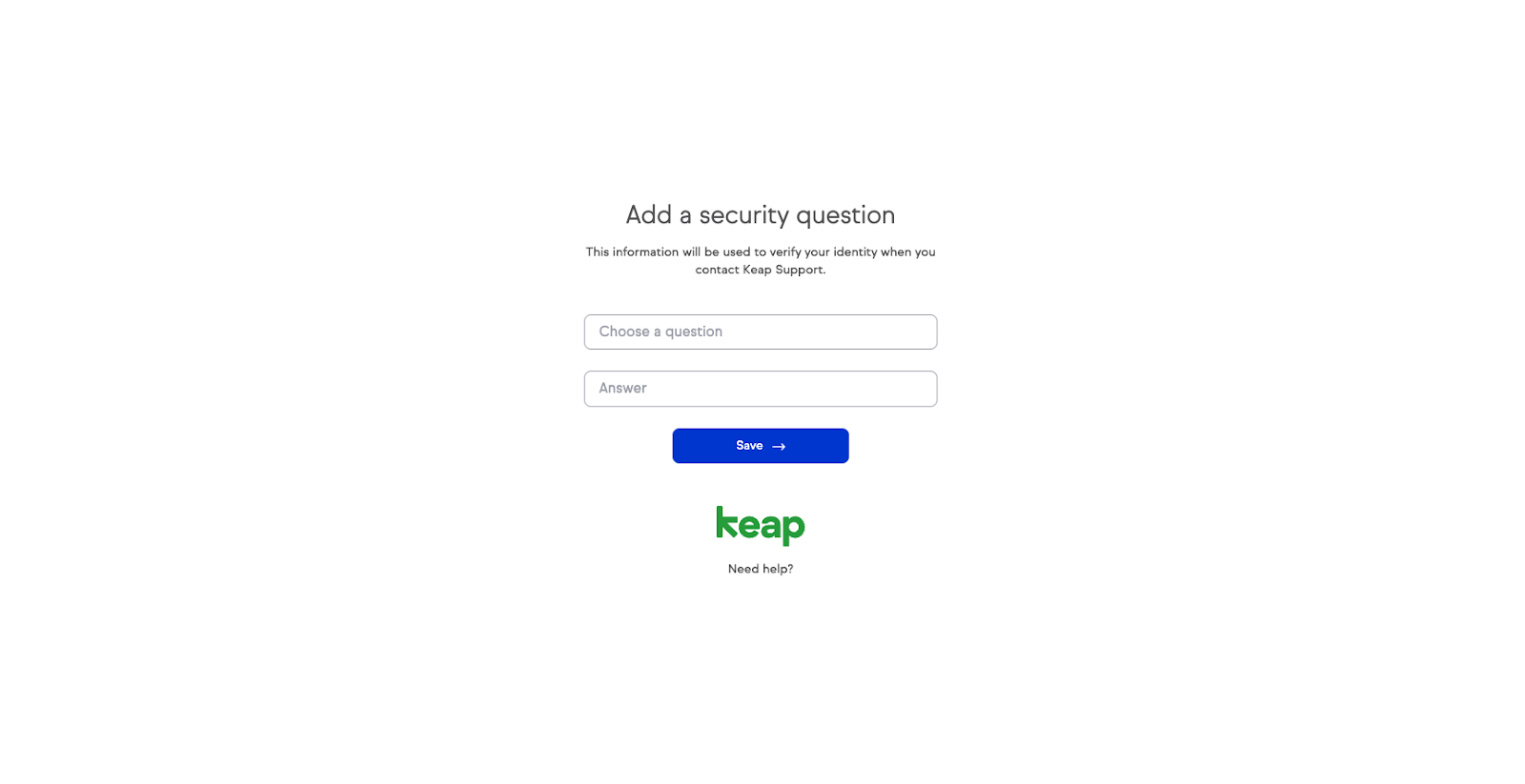
Next, you will be taken to the Yoom integration screen.
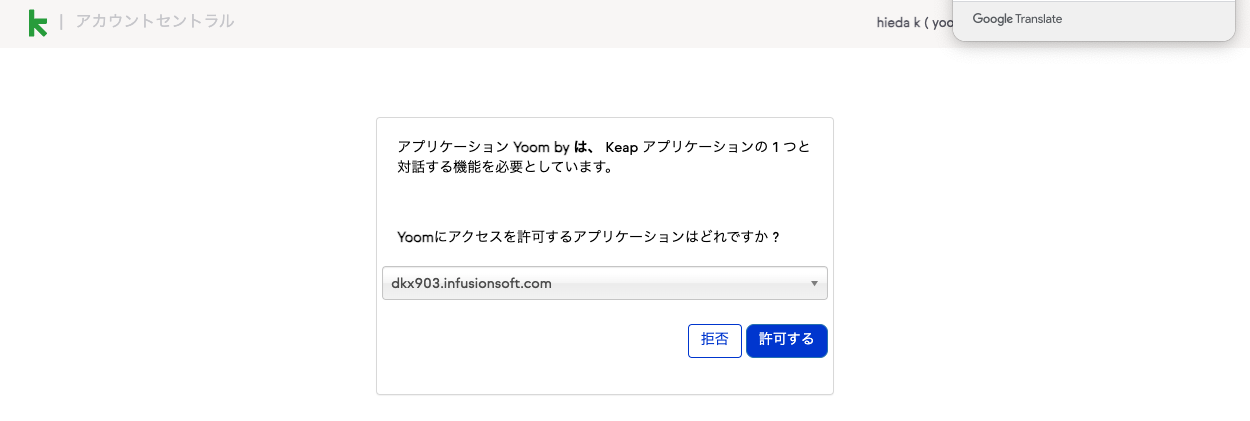
Only this app can be selected, so click [Allow] to complete My App registration.
Step 2: Copy Yoom's Flowbot Template to My Project
Click on this banner.


































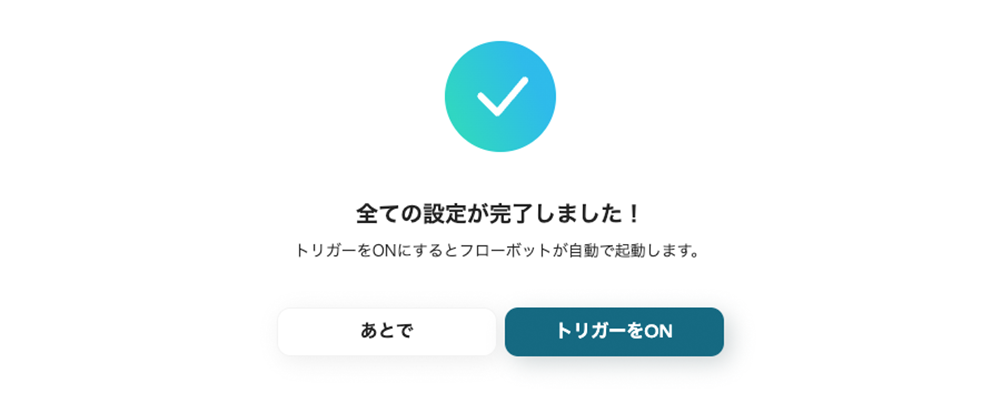




.avif)








